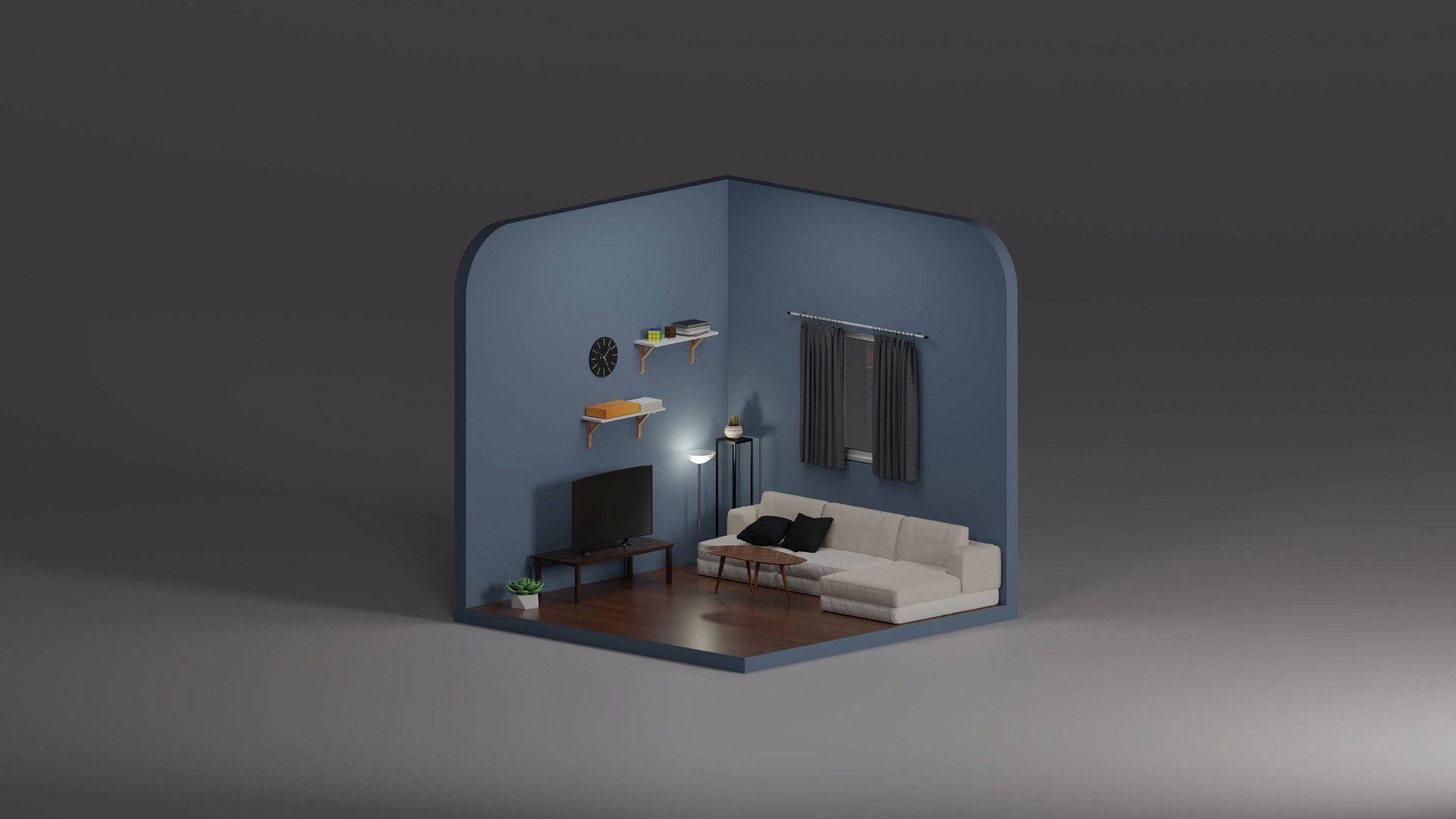The Metaverse is coming. One can argue it’s already here, but for most of us, the metaverse isn’t relevant, yet. However, there’s no denying its surging popularity. Several leading businesses across all industries are putting together a strategy involving the metaverse. In case you’re wondering, the A+D is certainly not one to be left behind.
The metaverse is still evolving. As Wired describes it, “the term doesn’t really refer to any one specific type of technology, but rather a broad shift in how we interact with technology”. To be clear, we’re not here to judge whether the metaverse is hype or has real value. However, as an emerging technology that has design so closely associated with it, we feel compelled to comment.
As the New York Times puts it so well, the metaverse is the convergence of two ideas that have been around for many years: virtual reality and a digital second life. That’s the crux of the hype. Technologists, tech companies, and brands are banking on what is being called the fourth wave of computing. People bullish on the metaverse believe that end consumers will invest in opportunities not possible in real life. Can’t buy beachfront property in Malibu? The metaverse has plenty of land to go around.
That’s where interior design comes in. No more limited by the physical or time constraints of the real world, designers can put their creative energies into a new dimension. For those in the A+D industry – designers, manufacturers, even contractors – operating in the metaverse begins with understanding where and how to provide value. Nearly everything created today in the A+D world is aimed at delivering unique experiences through physical products. Touch and feel through textures and patterns is a huge component of design. So what happens when physical touch is no more a constraint?
There’s a lot we don’t know about the metaverse. But based on what we do know, here are 4 opportunities interior designers can take advantage of.
Designing Virtual Workspaces and Homes
The traditional role of an interior designer will change. The scope of a design consultant will expand in dimensions that will demand new skill sets. Interior designers are experts in the creation of environments that facilitate collaboration, focus, and wellness and can translate those skill sets into something of value in the metaverse. Skills like wayfinding, spatial awareness, branding, and virtual perception will be of critical importance in making these environments accessible and meaningful. Basically, designing virtual environments will make it easier for users to operate in, just like physical spaces. The end-user remains the same, they’re still people looking to learn, work, or socialize. According to Crandon Gustafson of the Design Institute of San Diego, Interior designers are well equipped to design virtual environments. Starting with aspects such as depth, colour schemes, and other physical cues in the virtual environment, designers can bring brand support and professional context to mobile as well as at-home virtual meeting participants.
An NFT is basically a non-fungible, irreplaceable, digital product (or token) that is also transferable for some form of value. What does that mean for digital creators? It means we, including interior or furniture designers, can now create and control the ownership of the value of our work. An interior designer can create an NFT of their final designs, and sell it to clients in the metaverse, akin to giving ownership of blueprints. Or an industrial designer selling a chair as a collector’s item.
That can have big implications in the industry. It’s still hard to see which direction this trend will go into, but we’re seeing interesting stuff. With people buying virtual beach homes, the next “logical” step would be to buy statement furniture pieces in the metaverse. Like this person, who paid $5,000 for a rendering of a gravity-defying table called Pinky. The interesting part about this trend is the focus on design, as opposed to other components. For example, a chair would take 2 years to research, design, develop, market and product. NFTs may take just a couple of hours to design and mint, and the value proposition is completely different.
Anne Asensio, Vice President of design experience at Dassault Systèmes, predicted the A+D industry would be revolutionized by digital twins – virtual representations or real-time digital counterparts of a physical object, process, or structure. While many are still trying to understand what a digital twin is, the interesting part is that designers already work with a similar model. While BIM focuses on a building’s design and construction, digital twin models how people interact with built environments. According to IBM research, a digital twin is different from a simulation in that it can run any number of useful simulations in order to study multiple processes. As well as benefit from having real-time data.
How is this relevant to the metaverse and interior design? For the most part, interior designers can use that data to create environments that are highly efficient. The really creative folks can play with virtual and real concepts, bringing a controlled degree of realism to the digital world. What’s even better, is the virtual infinite land available in the metaverse to build the digital twin, albeit comes at a cost. If you’re wondering if there’s value there, it might help to know that a developer by the name of Republic Realm bought virtual land from the video game company Atari for a whopping $4.3 million.
As the metaverse evolves, so does the technology used to experience it. Starting with visual experiences, we’ll soon be able to feel the metaverse as well. Just as how a gaming controller vibrates and provides haptic feedback for a sense of realism to the gamer, so will designers try to do the same. They can literally design how furniture and other objects are meant to feel and truly bring their creative vision to life. There are interesting products being built in this space, like the Emerge Home – a solid base that can live on almost any flat surface, and projects an invisible field of sound that can recreate the contours of virtual objects, rendering them able to be sensed and felt similar to real objects. This level of customization is a great opportunity for designers to really control the look and feel of a space, and further expands the limits to which they can create exceptional experiences for end-users.
Metaverse is not next year or next week, it is tomorrow. Even if you’re not sold on the concept, factually speaking it is an upcoming wave that, at least in the near future, will have quite a significance. It’s a wise move to try your hand at it; even if it’s just for the sake of it. You might learn something you can use in the virtual, or be reign-free and let your imagination run wild in the land of no constraints.











